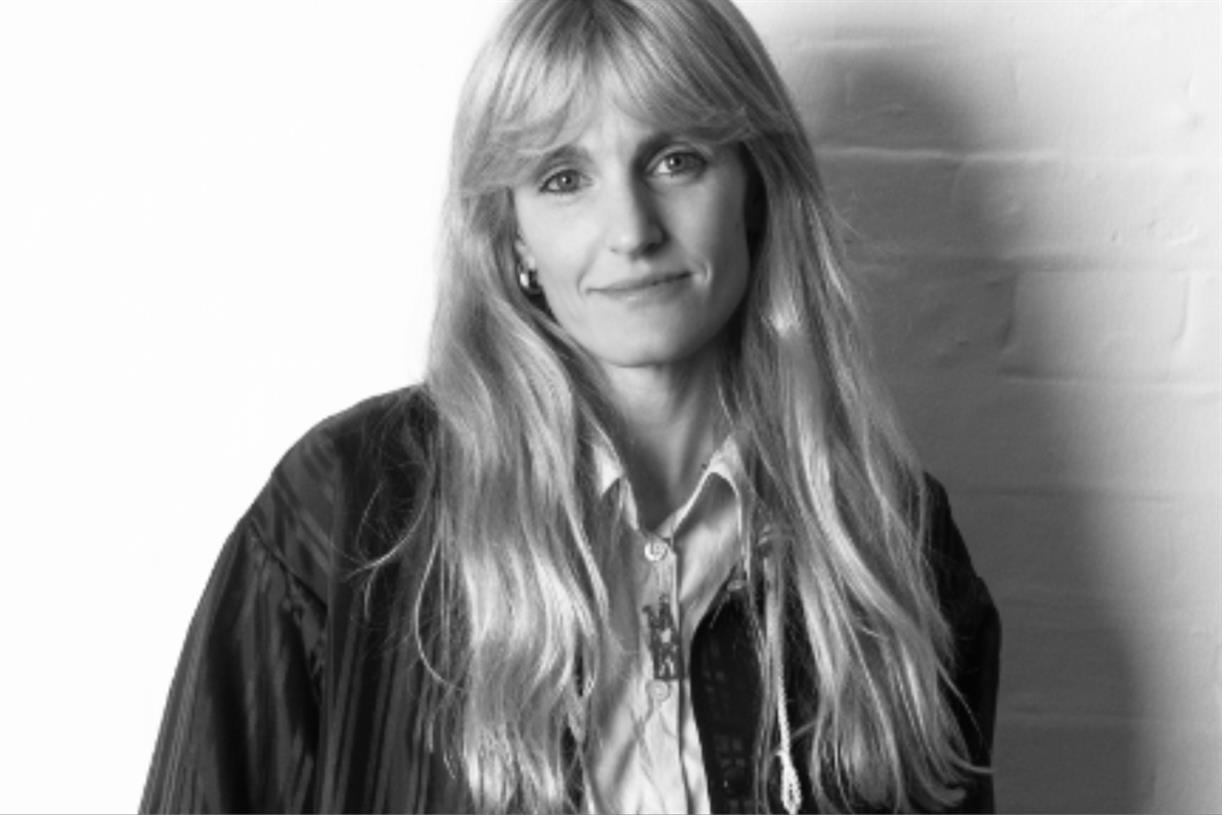The future of streaming is ads
Watching TV has always been mostly ad-supported. And easy to do. Free streaming is bringing that back. | Illustration by GraphicaArtis/Getty ImagesCall it FAST, call it AVOD, call it whatever you want. Free ad-supported streaming is having a moment,...
/cdn.vox-cdn.com/uploads/chorus_asset/file/24618283/508430005.jpg)
The big-name streaming services had a really good run. The likes of Netflix, Hulu, HBO Max, Disney Plus, Apple TV Plus, and all the other Pluses have spent the last decade upending the way we make and consume movies and shows and changing the whole business of Hollywood in the process. For a few (or not so few) bucks a month, more entertainment than ever is now at our fingertips.
But it seems the streaming revolution has hit a bit of a wall. Most services are growing more slowly now that they’ve reached most of their possible audience. The tens of billions they’re spending on content annually seem to be producing diminishing returns. Investors are no longer sure streaming is a great business; the streamers are searching desperately for new ways to make money. The golden age of high-flying, big-spending streaming seems to be over.
In its place, there’s a new thing booming in streaming. Free ad-supported platforms are the fastest-growing part of the streaming business right now, and services like Tubi, Pluto, and The Roku Channel are starting to assert themselves as power players in their own right. Many of these platforms have been around for years, quietly amassing big content libraries and millions of users. And now, as users look for cheaper ways to get their entertainment and studios look for better ways to monetize, they’re starting to make more noise.
The future of TV is free, it has ads, and it involves a lot of channel surfing. It’s a lot like the TV business of old, really. That’s actually kind of the point.
Always-on
When we talk about free streaming services, we’re really talking about two things. Both have silly acronyms. The first is FAST, which stands for Free Ad-Supported Streaming Television — these are programmed always-on streaming channels that run 24/7 and are roughly analogous to the broadcast channels you’re used to. The second is AVOD, or Advertising-Based Video On Demand, which refers to a library of content you can watch whenever you like. (Netflix and Max and the like are SVOD, Subscription Video On Demand.) For our purposes, we’re just going to combine FAST and AVOD into free streaming.
The appeal of free streaming is right there in the name: it’s free! An increasingly large percentage of streaming subscribers say they’re already spending more than they’d like to on their services, and a Deloitte survey last fall found that 44 percent of people had canceled at least one paid service in the last six months. Deloitte also found that 59 percent of users were happy to watch a few ads an hour in exchange for a cheaper, or even free, subscription.
44 percent of people canceled at least one paid service in the last six months
That’s why you’re seeing more and more of the SVOD services start to dabble in ads, too. Netflix has already discovered that it makes more money per user on its ad-supported plan — $6.99 a month with a few ads an hour — than it does from pure subscriptions. Disney Plus has an ad-supported plan now, too. So does the new Max service, Peacock, and increasingly, the rest of the industry. Ads are the future of the entire streaming market, it appears.
Still, there’s something uniquely powerful about the truly free streaming service. Because the free streamers don’t have to try and convince you to part with $8 or $10 or even $20 every month, they’re free to think about their product differently. And in many cases, they land somewhere better. Companies like Tubi and Pluto make money every time you watch something, so they have only one job: get you to watch as many things as possible.
“Number one job for me is engagement,” says Adam Lewinson, the chief content officer at Tubi. “Since we are ad-supported, we don’t have a dual revenue stream. We don’t take credit cards, we never will — we make money when viewers are consuming content.” Scott Reich, the SVP of content at Pluto TV, says the same. “I don’t have to pay anything – if I don’t like it, I can just move on. So it’s our job as the service to give you that reason to come back.”
Image: Pluto/David Pierce
That changes the way free streamers work in a couple of wonderful ways. For one thing, since these platforms have a massive incentive to get you watching something as quickly as possible, they do away with a lot of the UI cruft you see in most streaming apps. You don’t need to log in, you don’t need to scroll past all the big banners showing new shows you don’t care about. You just hit play. Pluto takes this to a truly delightful extreme: when you load the app, it automatically starts playing the FAST channel you were watching last. It’s the way turning on the TV used to work — you turn it on, and something’s already playing.
Free streamers also need their content to be found, which means they tend to play along with the aggregators and search engines that aim to help users make sense of the streaming world. Whether you use JustWatch or Reelgood or just Google “how to stream” and your favorite new show, the free services are typically well represented. And if the title you’re looking for is streaming on one of them? You don’t need to start a free trial or type in a password to start watching. You just hit play. Yes, you sacrifice some of your on-demand choosiness, and you’re going to have to see ads. But it’s just so much faster.
Personalization tends to be important to these platforms, too. They don’t care what you watch as long as you’re watching, so sending you down an infinite Gordon Ramsay rabbit hole or hooking you on all 11 million episodes of Project Runway is a pretty easy choice. Plus, Lewinson says, it’s a way to bring in viewers who aren’t looking for the same Cultural Moment kinds of shows you see everywhere. “Part of our job, via algorithms and merchandising, is to get the right piece of content to the right viewer, learn about what they’re interested in, and then superserve them more.” He’s not thinking about how to reach the whole audience but, rather, how to convince each individual person to keep watching.
For Pluto, Reich says the big-name shows and movies tend to bring people in, but that’s not why they stay. “What drives a lot of our viewing time are the single series or the franchise channels,” he says. “The Star Treks of the world, CSI, Three’s Company. That drives a lot of viewing time. And what people come back for is a lot of the classic TV and a little more of the niche channels — your food, your home, your lifestyle channels.”
Curating all that, Reich says, is where Pluto can really shine. Think of the way Spotify approaches playlists: it has the same set of songs as everyone else, but it remixes and presents them in new and better ways to keep users engaged. So it is with Pluto and channels. “We have a team of 50 different programmers that curate these channels, and curate the guides of these channels,” he says. “And the audience doesn’t necessarily know that, but they feel it.”
Image: Tubi
Playing the hits
There’s a flip side to that strategy, though: free streaming services aren’t exactly generating huge hits. Sure, spending a fortune on Succession just to have a couple million people tweet about it every week may not be a good business on its own, but it brings huge cachet and brand awareness to HBO, which brings more creators with more good ideas, which brings a few more subscribers… follow it out long enough, and there’s a real business there.
The other thing big hits do is drive brand loyalty. Viewers will now sit down and open Netflix or HBO just to see what’s new; nobody’s really coming to The Roku Channel to see what hit original series just dropped. To some extent, all the free services are interchangeable commodities, only as good as the size of their library and whether they have the particular title you’re looking for. There are hundreds of FAST channels available, many of them accessible from multiple platforms. The free streamers have lots of users but not as many fans.
To some extent, all the free services are interchangeable commodities, only as good as the size of their library
Not every free streamer is chasing hits. Reich says Pluto is playing a different game — in part because it’s owned by Viacom, which also owns Paramount Plus, which is doing enough hit-hunting on its own. “We have a gazillion studios and a gazillion channels that make original programming every single day,” he says. “And because we are able to tap into that, we can figure out how we play off each other — how you can catch up on Pluto and we then throw back to Paramount Plus, or one of the linear networks.”
But for Tubi, which is Fox Entertainment’s flagship streaming service, the hits might be coming. “My buying power five years ago was much less than it is today,” Lewinson says. He rattles off some of Tubi’s recent originals: The Stepmother, about a killer mom; Dead Hot, starring Vanessa Hudgens; and a documentary series from Vice, which just launched with an episode about Elon Musk. Is there any Emmy or Oscar bait in there? Probably not. But Lewinson says it’s a definite leap up in ambition for the service, and there’s more to come.
And over on Amazon’s Freevee, free streaming’s first true cultural moment seems to already be taking shape. It’s a show called Jury Duty, a mockumentary-style show about a court case in which everyone but the main character knows the whole thing is fake. The show became a hit, and a TikTok sensation, and sparked a huge amount of discussion online — plus a lot of “what in the world is Freevee and how do I watch it” stories. “Almost [every] studio and network passed,” producer Lee Eisenberg told The Daily Beast. ”The only place that stepped up was Freevee … There’s something very gratifying about everyone passing on something that then has turned into something so special.”
It’s hard to know exactly how much Jury Duty will change Freevee’s fortunes, but it certainly helped put the service on the map. The weekend after the show’s first episodes dropped, Google users searched “Freevee” twice as much as they ever had, including when Freevee first launched as a rebrand of IMDb TV. Freevee also cracked the top 75 in the iOS App Store the same weekend, App Annie’s data shows, when a week earlier it hadn’t even been in the top 200.
Hits help, there’s no question about that. But even without the Jury Duty bump, the free streaming flywheel appears to be spinning faster all the time. More people than ever are canceling cable and looking for new things to watch, while also looking for ways to spend less money on all those things. Most of the business of TV has always been advertising, and that advertising is starting to shift to digital platforms. A recent report from the research firm Omdia found that FAST channel revenue grew almost 20 times between 2019 and 2022 — and is set to triple again before 2027, at which point it will be a $12 billion annual business.
That’s still only a fraction of the overall business of movies and shows, but free streamers are well positioned to get more of it over time. They don’t have to convince you to pay for their content; they don’t even have to convince you to sign up. They just have to give you something to watch, sell ads against it, and keep you tuned in. That’s been the TV business for the better part of a century, and it’s coming back in a big way.

 Lynk
Lynk 































